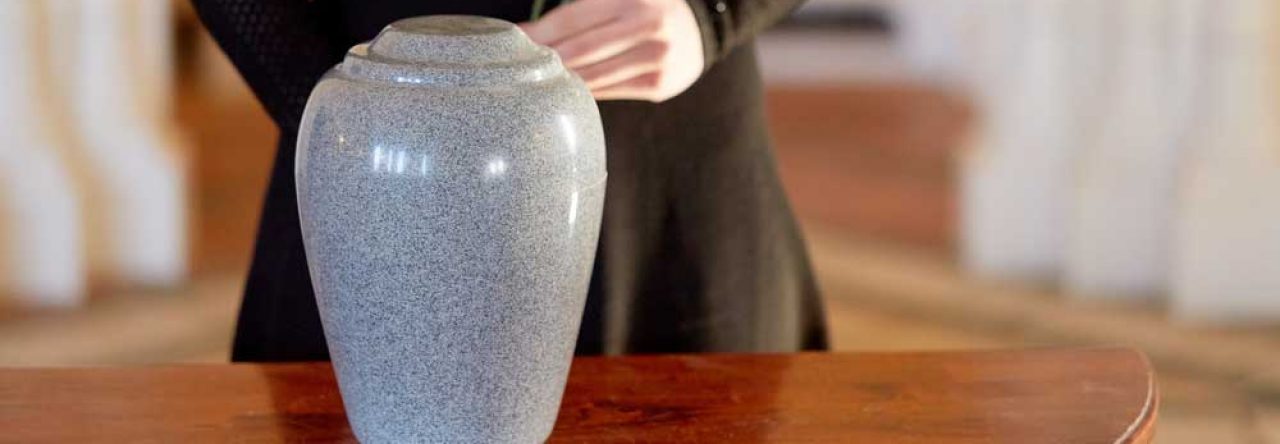Splits in the skin around the heel is often both unpleasant and painful. This issue is because of the thick or dry skin, on and around the periphery of the heels. The skin on the feet is generally more dry and dehydrated compared to the skin elsewhere on the rest of the body most likely because there are no oil glands in the thicker skin on the bottom of the feet. For this reason, the skin around the heels can lose suppleness and resilience because of that deficiency of moisture. Because of the pressures of being on the feet, that dried-out skin can start to crack and it can result in unsightly, painful cracked heels that can at times bleed. There are a number of reasons that raise the risk for this including higher loads, greater weight, unsuitable shoes (especially footwear which are open up at the back), genetics, unhygienic problems and poor self-care, as well as nutritional inadequacies.
In order to avoid the cracked heels, always try to wear well fitted enclosed shoes that permit your feet to breathe and avoid shoes which are open at the back. It is important to remain well hydrated by drinking a minimum of two litres of water per day because that will help. Exfoliate your skin on a regular basis and moisturise every day with a good ointment. When it is more serious, this probably should be carried out twice a day in the beginning. There are many recommendations that omega-3 and zinc dietary supplements can help you (however they do need to be used with the other treatments and not in isolation). It would also help to stay away from excessive exposure of the feet to water or moist conditions. It is important that you wash your feet with tepid to warm water rather than very hot water. If these kinds of strategies tend not to help, then see a qualified podiatrist. They will get rid of the thicker callused skin and provide additional suggestions about how you can self manage cracked heels.
